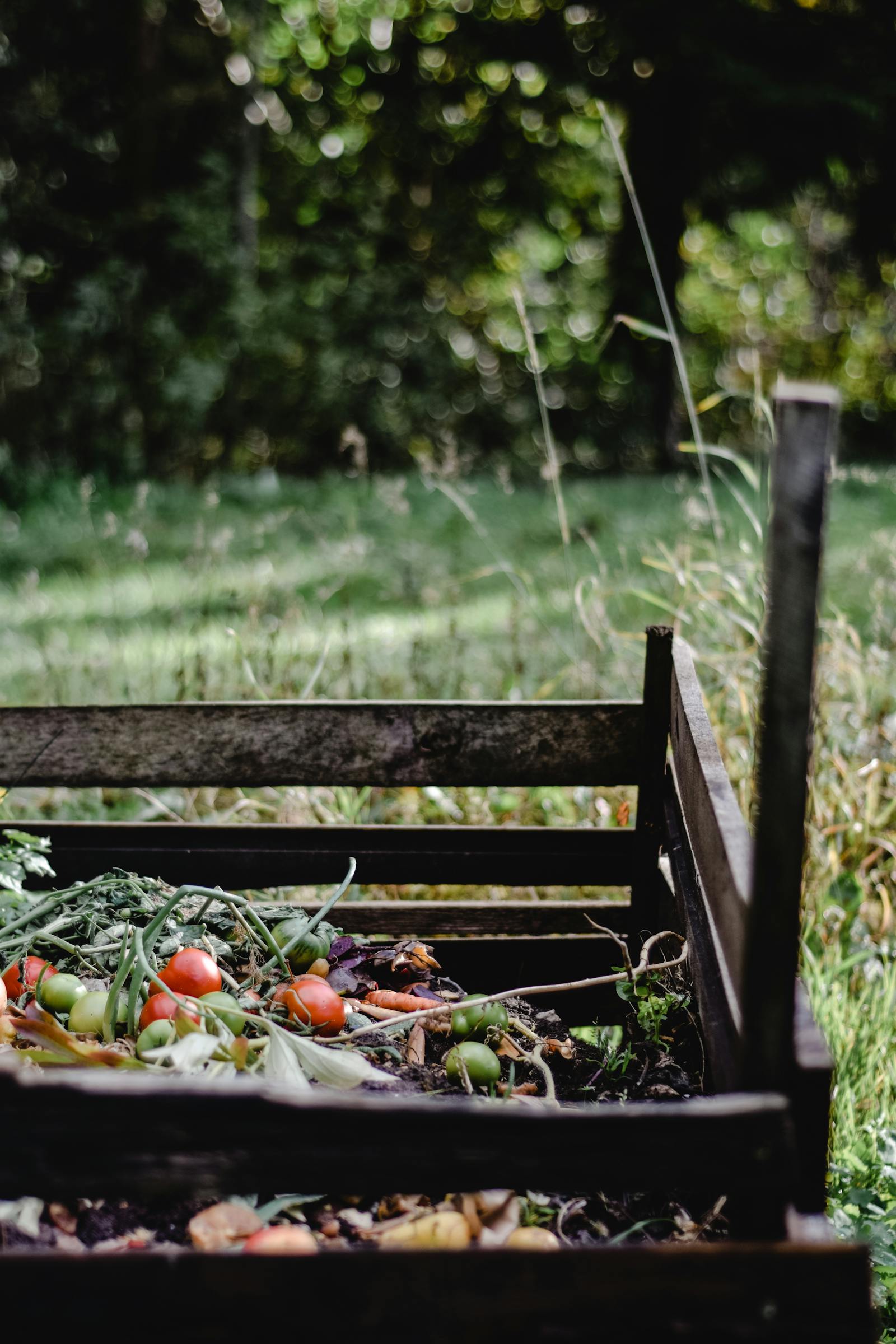It’s always beneficial to look for ways to make your home more eco-friendly. From conserving water to limiting food waste, reducing your carbon footprint is essential and easy to do while spending more time at home!
Each year, Canadians produce 31 million tonnes of garbage and almost half of all food produced is lost or wasted. Food that is thrown away ends up in landfills and creates methane, which is a harmful greenhouse gas.
You might be asking, what can you do to reduce your household’s contribution to food waste? By incorporating different green methods into your home, you can help reduce food waste while also discovering self-sustaining projects that can benefit your garden.
Composting is an easy and effective way to convert kitchen scraps and other materials into fertilizer that you can use to tend your garden and house plants. If you’re new to composting or you have been previously turned off by the idea of decomposing materials, don’t fear! In our guide, we will show you all the different ways to compost and limit food waste whether you have a small apartment or larger space to work with.
What You’ll Need to Compost
Before getting started, let’s discuss what you’ll need to compost. There are four ingredients required to successfully compost.
Air: Organisms in your pile need oxygen to survive.
Water: Water helps keep the pile’s temperature regulated.
Brown Materials: Adds carbon to your pile.
Green Materials: Adds nitrogen to your pile.
Adding brown and green materials to your pile such as dead leaves and grass help balance the nitrogen and carbon needed to compost. A good rule of thumb is that each time you add a batch of green ingredients, add roughly four times that amount in brown ingredients. Next, let’s cover what kinds of kitchen scraps you can add to your compost pile.
Greens
There are many different green materials that can be composted. This includes spoiled vegetables and fruits, grass clippings, tea and coffee and old flowers.
Browns
Brown materials that can be composted include eggshells, vegetable peels and skins, nut shells, newspaper, dead leaves, cardboard and even wood shavings. Just avoid adding any weeds and plants that died of unnatural causes as they could spread diseases in your soil.
Since not everyone has the space to compost in their backyard, we’ve provided a few methods that you can use to compost in a small space or apartment.
How to Compost at Home
There are several great methods to compost at home that are easy to learn and try. To help you get started, we’ve listed a few below.
Method 1: Create a Worm Bin
Worm bins are exactly as they sound...bins of worms! Also called vermicomposter, this process of composting includes using worms to break down and process food waste. This allows you to make fertilizer without needing to turn the pile since the worms are able to move freely mixing your compost for you.
When creating a worm bin, make sure you provide the worms with proper living conditions. They need to be kept in a location that is 60-80 degrees Fahrenheit so keeping your bin under your sink or in a closet works best. You can either purchase a ready-made worm bin or create your own worm composter yourself.
Method 2: Use a Compost Tumbler
Compost tumblers are larger than worm bins and are fully sealed to preserve the heat generated by your compost. Tumblers can decompose kitchen scraps quickly and turning is easy since they tend to come with a handle on the side.
Method 3: Try the Bokashi Method
Bokashi is a two-step composting process that begins by fermenting food waste in a sealed container. With this method, you can compost meat and dairy, however, since there are no worms, you don’t want any moisture in your Bokashi bin.
Method 4: Use a Food Digester
Food digesters are electric and tend to be the size of a bread-maker. They can easily sit on your counter and won’t take up much space. Food digesters are free of any odour and use aeration and heat to reduce the volume of waste.
Method 5: Donate Food Waste
For those who don’t have the time or interest in composting, donation is always a viable option. Many local farmer’s markets or community gardens will accept food waste and will do the composting for you.
We hope this at-home composting guide inspires you to limit your household’s food waste and incorporate eco-friendly hacks into your home. For even more ideas on composting, check out this guide to urban composting.
